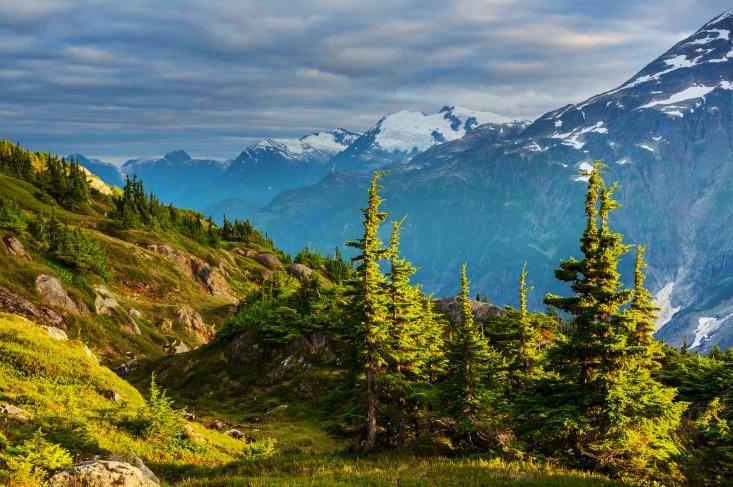
Alaska Guide to Growing Trees
Alaska is a beautiful place to live, but it can also be challenging because of the harsh winters and unpredictable weather patterns, certain plants don’t do well there. However, not all hope is lost! Your Alaska home deserves a beautiful garden of trees in every season, so we put together this guide to help you grow your own. Below are some helpful suggestions to get you started.


